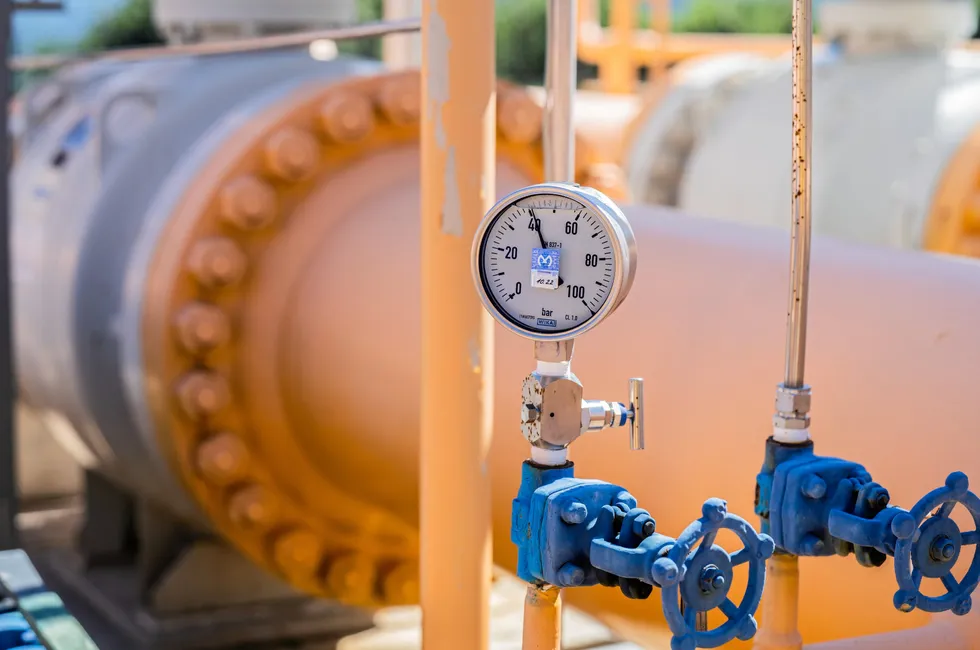Evidence does not support view that existing gas network can safely handle blend of hydrogen and methane, says US government
Department of Energy-backed scientists identify ‘large knowledge gaps’ relating to blending H2 into the gas grid

Department of Energy-backed scientists identify ‘large knowledge gaps’ relating to blending H2 into the gas grid
